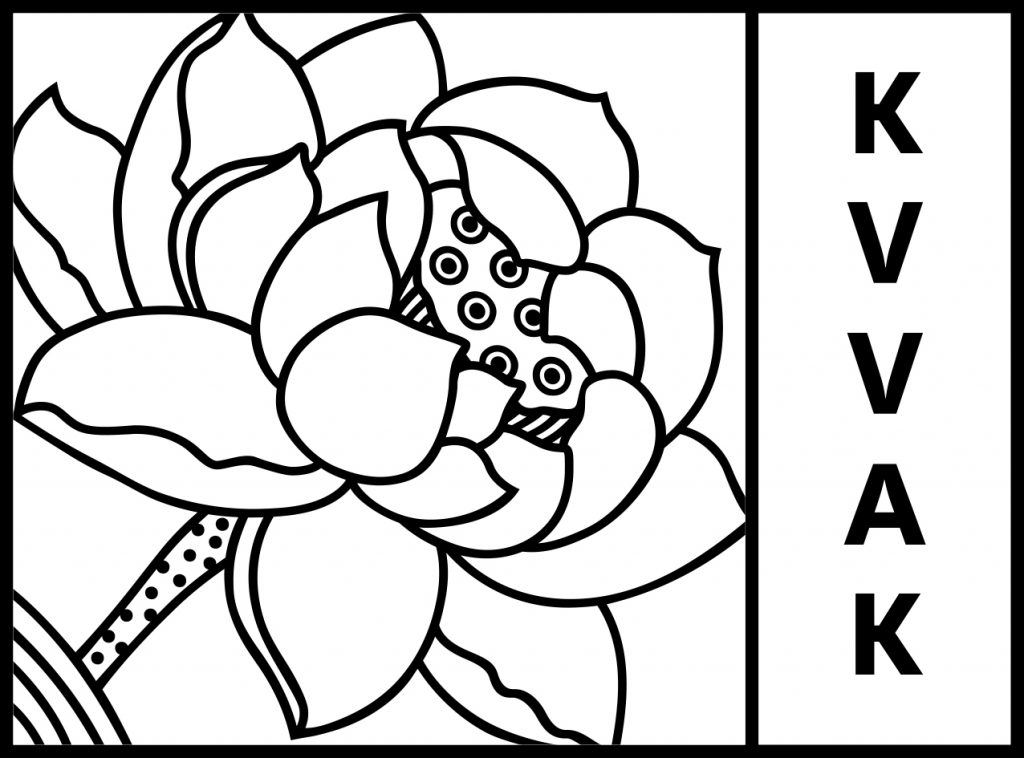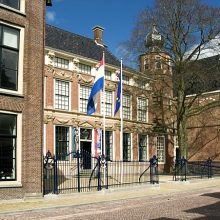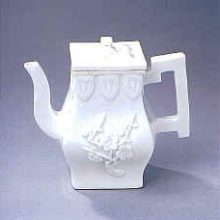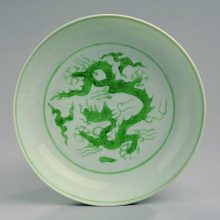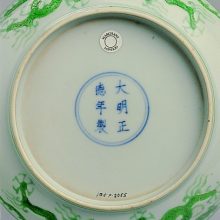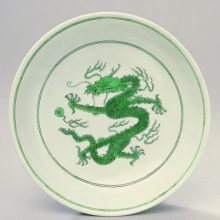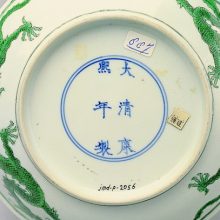Tanabata festival
The beautiful Imari five-piece garniture set which the Van Diepen Foundation recently acquired is decorated with a scene in which three women hang various colored ribbons (with text) from branches.
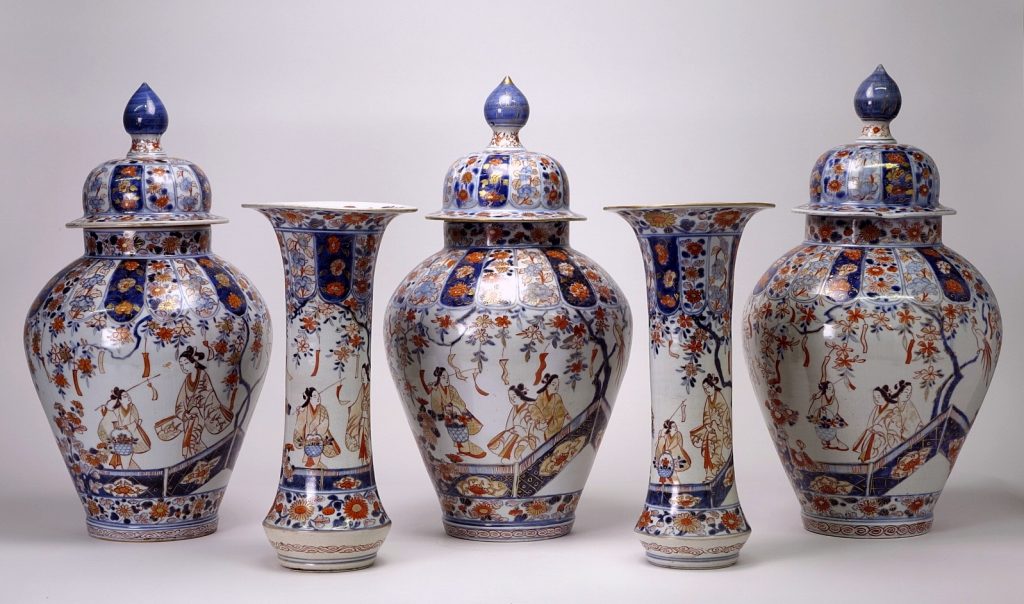
Five-piece garniture set with Tanabata painting
Now we have been able to link this to an old legend and the current Japanese Tanabata festival.
Partly because of a Japanese print from ca.1718 from the Museum of Fine Arts in Boston, with a similar depiction to the vases, it can be linked to the legend and the festival still celebrated in Japan.
New virtual exhibitions
The Virtual Van Diepen Museum
On these special pages you can view two new exhibitions with artworks of the Jan Menze van Diepen Foundation in combination with interesting data.
Go along through the virtual rooms with the various beautiful objects from the collection.
Click on the picture and imagine yourself back in the museum.
1. A virtual exhibition with centuries-old Japanese ceramics.
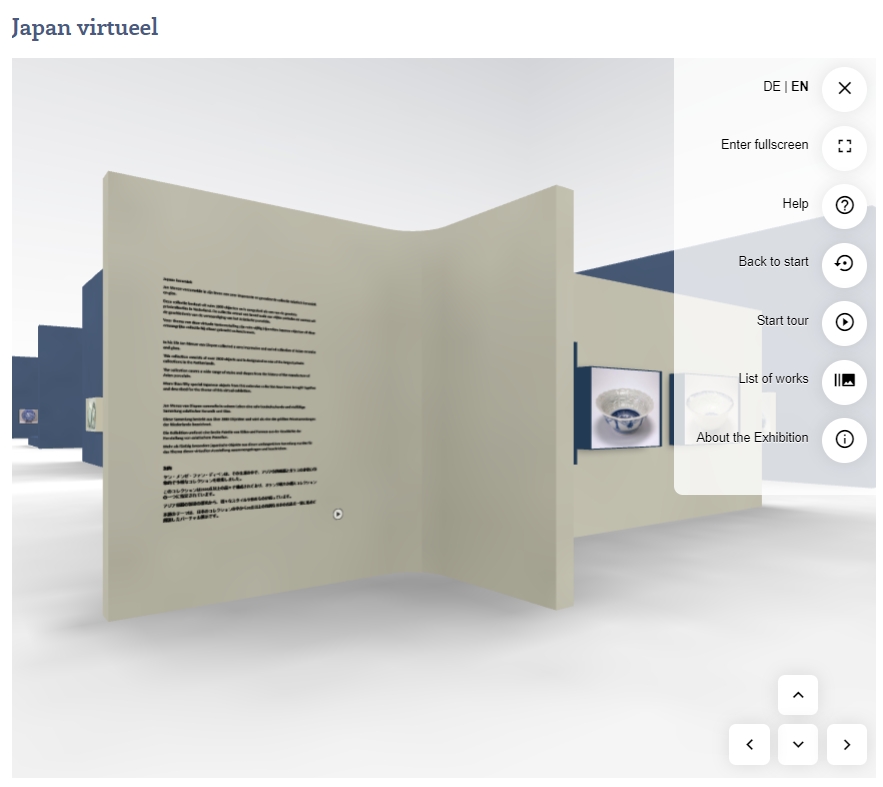
Click on the photo and step inside the virtual exhibition.
2. A virtual exhibition with a combination of graphics by Riekele Prins, the City of Groningen and a selection of visual art from the collection.
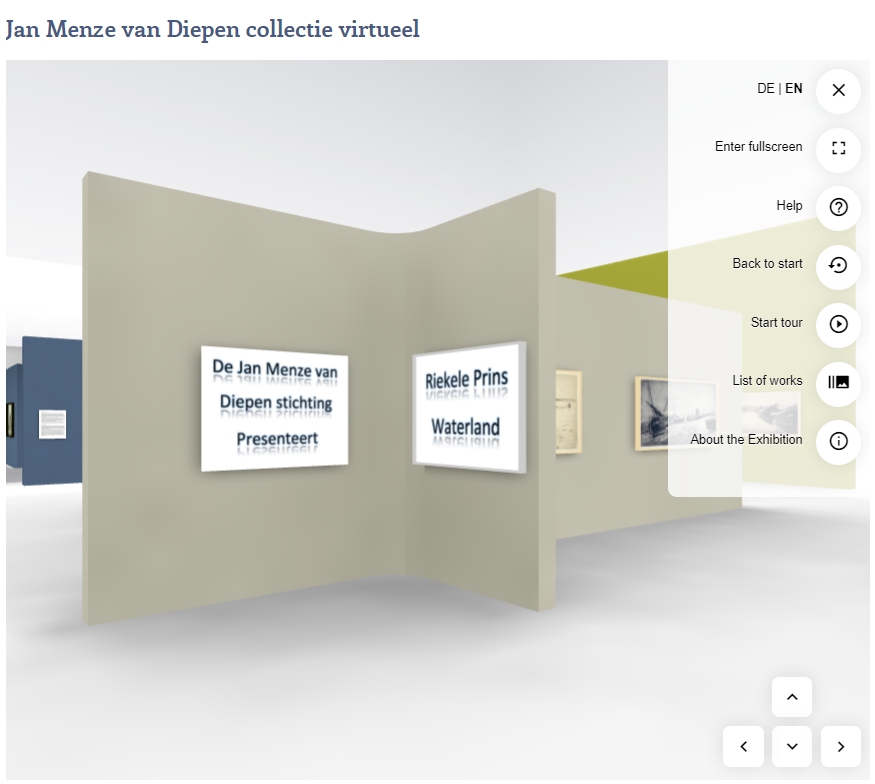
Click on the photo and enter the virtual exhibition.
Purchase unique Pronk dish
Recently, the Jan Menze van Diepen Foundation was able to purchase a beautiful dish from the famous Pronk dinner service of the Fraeylemaborg. This plate was offered at an auction in Bruges by a Frisian collector. Because of this acquisition, for the first time a part of the precious service can be shown in the Fraeylemaborg.
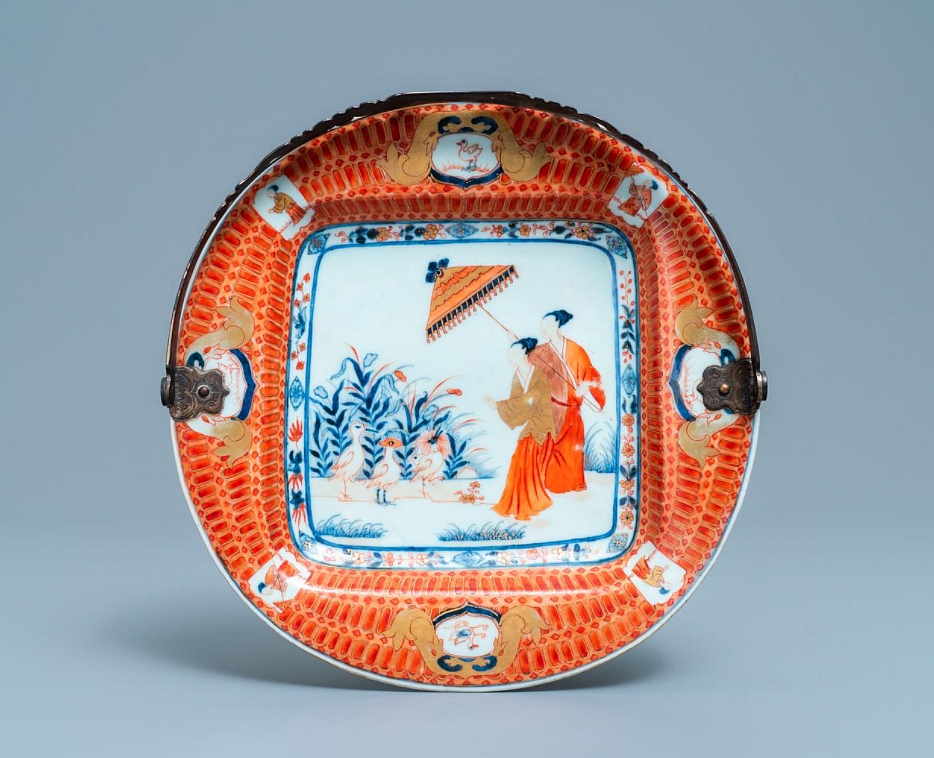
Until 1971 there was a unique Pronk service in the Fraeylemaborg, but in that year it was sold at Mak van Waay in Amsterdam. This extensive dinner service came from China, but was decorated with a representation by the Dutch artist Cornelis Pronk (1691-1759).
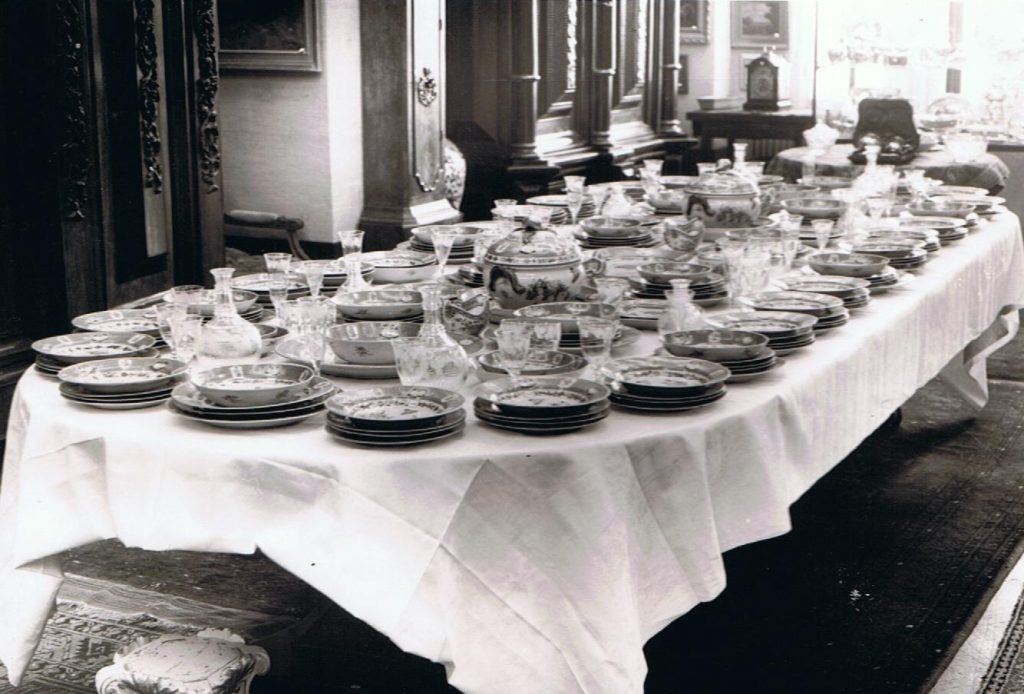
Pronk was commissioned by the Verenigde Oostindische Compagnie to make a design that was suitable for various types of tableware. He made a number of drawings in which he combined all kinds of oriental elements. Porcelain with these representations is also called “Pronk porcelain”. A striking element on one of his most beautiful drawings are elegant ladies holding a parasol. Porcelain with “The Parasol Ladies” has become a household name.
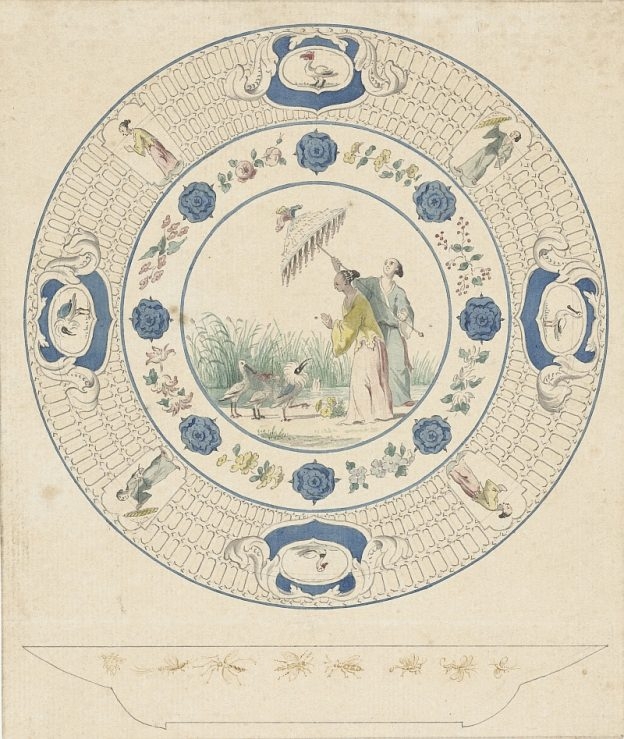
The drawings of Cornelis Pronk were sent via Batavia to China in 1735 and applied there on porcelain. This was a great success, but the cost of manufacture was so high that too little was earned. Production therefore stopped after only a few years. Pronk porcelain has therefore become rare and this is certainly true for complete tableware. The design drawing for the Parasol ladies is now in the Rijksmuseum collection.
The recently purchased dish is also exceptional because the central representation of the Paraol ladies is placed in a rectangular field, while on almost all known Pronk signs it is a round field.
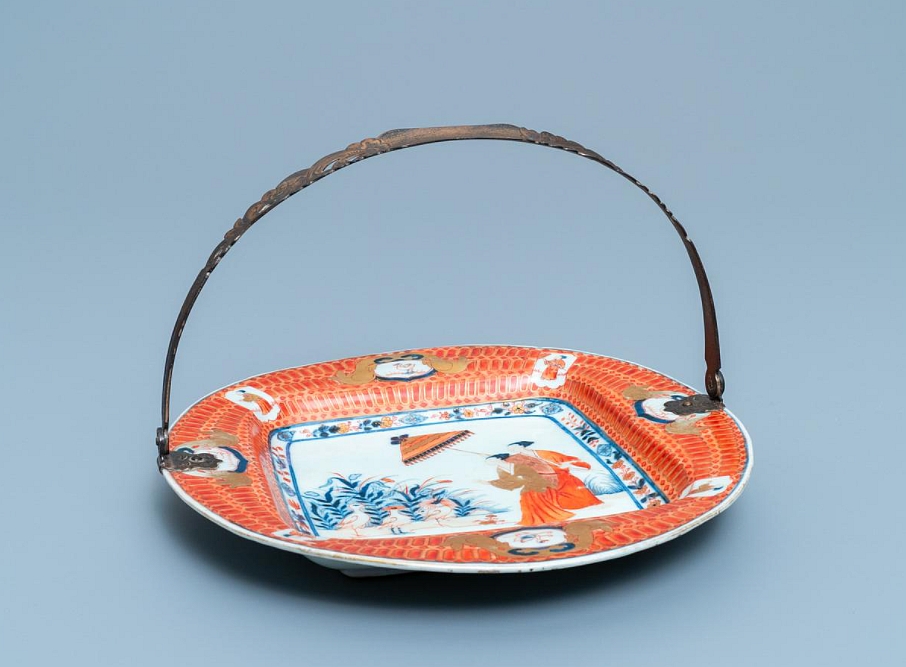
The Pronk crockery used to be placed on the table at the Fraeylemaborg in its heyday. For example at a wedding party or the reception of a high guest. Of course it was of great importance that this precious dinnerware was handled with care. According to tradition the servants and the cooks all received 25 guilders if nothing broke during such a dinner!
Chinese famille rose tap jug with “parasol ladies”
The Jan Menze van Diepen foundation has purchased a Chinese famille rose tap jug with “parasol ladies” of unique art-historical value and with special expressiveness.
The object, from around 1738, is of exceptional quality with an international significance. It is therefore an important addition to both the collection of the foundation and the Netherlands Collection.
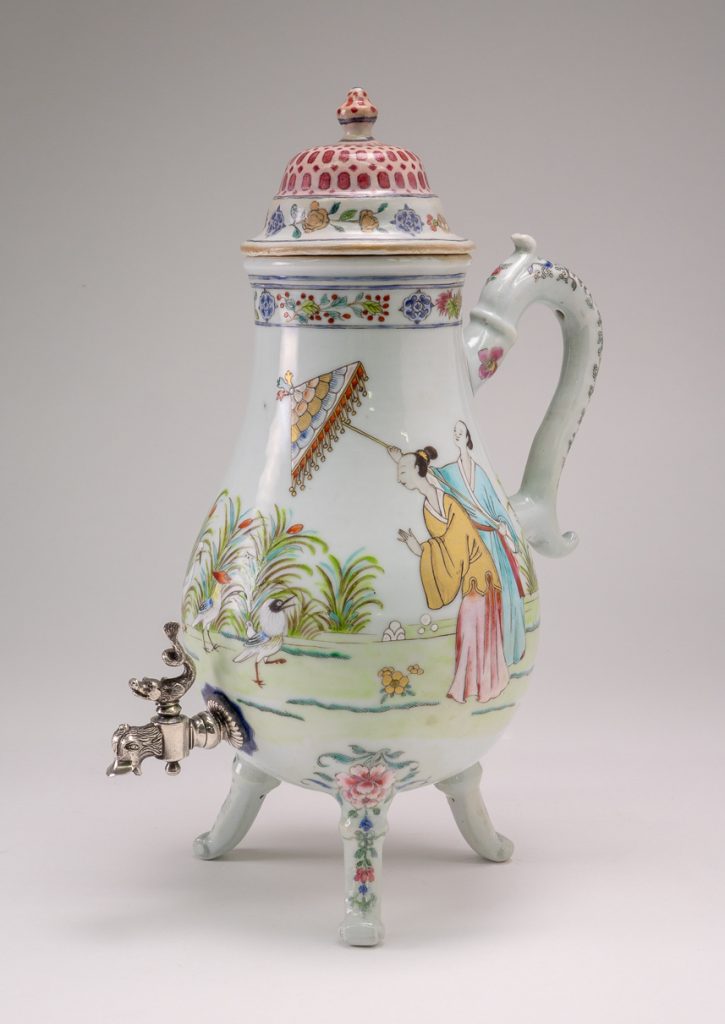
Snuff bottles and Chinese glass
This summer the theme is GLASS in the Fraeylemaborg. To match this, a colorful arrangement with snuffbottles and Chinese glass has been added to the Yellow Room with the Van Diepen porcelain.
There are almost 10,000 objects in the extensive Van Diepen collection. The proportion of so-called snuff bottles and Chinese glass is relatively limited in this, there are around 250.
According to European standards, this Asian glass collection is of a large amount.
It is important to know the background of these colorful snuff bottles from China.
What are snuffbottles?
In the 17 th century, snuffing tobacco
Royal Asian Art Society
University chair
Cupvases and the interaction between East and West.
The Jan Menze van Diepen Foundation recently acquired four beautiful objects in London in the field of Eastern ceramics and Western ceramics.
First of all, two Chinese Wucai cupvases from approximately 1628 -1643 and more than 39 cm high. In addition, two Dutch Delft blue high vases from approximately 1700 and 35 cm high.
The narrow tall vases all four have the same structure with a thickened band in the middle of the vase. The decorations are also surprisingly uniform.
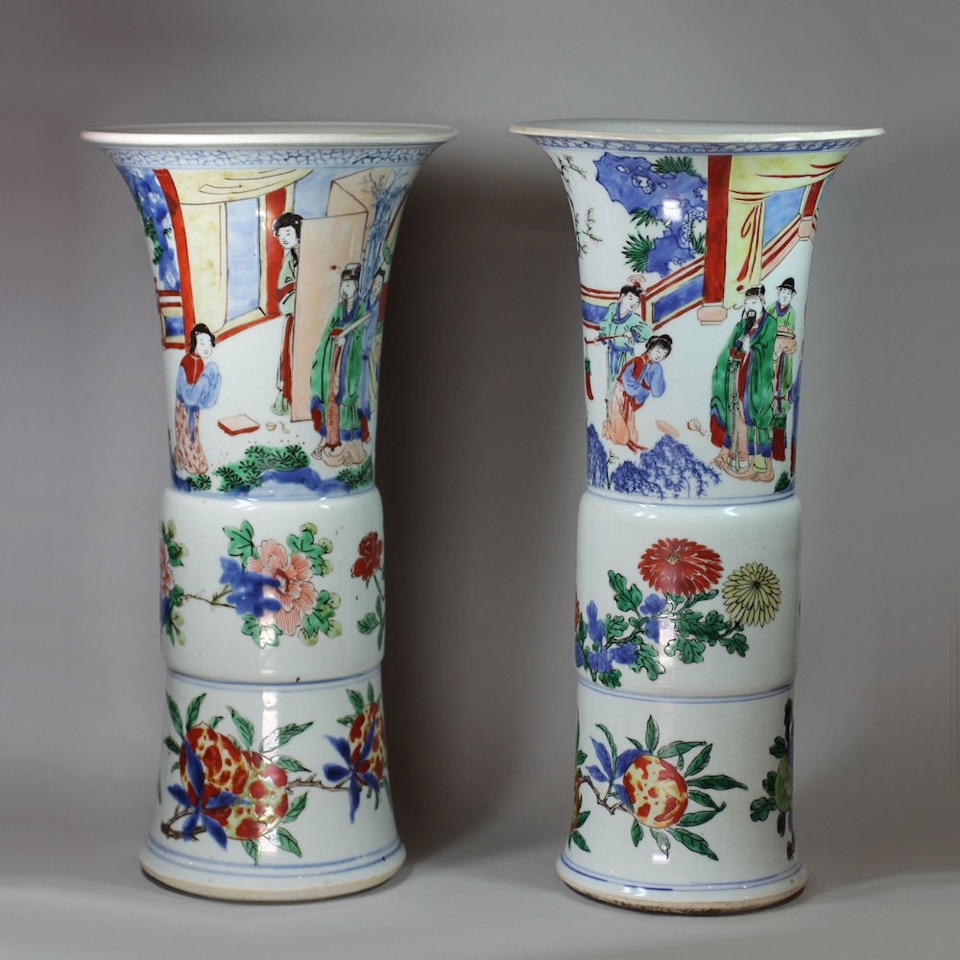 The two Chinese Continue reading
The two Chinese Continue reading
Reinder Homan etcher by nature
Exhibition Koetshuis Fraeylemaborg, Slochteren
30 september 2017 t/m 18 maart 2018
One of the most famous etchers in the Netherlands, Reinder Homan, exhibits in the Koetshuis at the Fraeylemaborg. Ten works come from the collection of Jan Menze van Diepen.
Reinder Homan (Smilde, 1950) was captivated by this versatile and complicated technique during his studies at the Groningen Academy Minerva.
Professor Shelly Xue investigates the Chinese glass collection.
In connection with the preparations for the exhibition “Porcelain with character” (from 25 March 2017 to 22 October 2017) in the Municipality Museum in The Hague, curator Suzanne Lambooy was visiting Slochteren.
During the planned preparations and discussions on Chinese porcelain, our Chinese glass collection, which she did not know existed, was mentioned in passing. To her surprise, this collection was so large in size (approx. 250 objects), that she felt that more people needed to know about this.
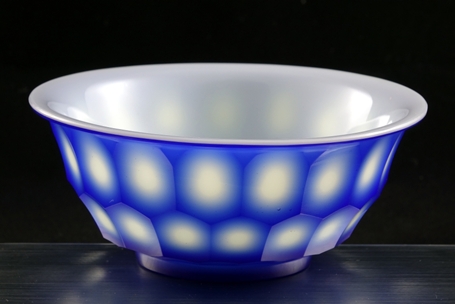
She knew that an expert from China in the field of Chinese glass would soon be in the Netherlands and might want to investigate this collection. Continue reading
Chinese snuff bottles and glass
Over 9,000 objects are in the extensive Van Diepen collection. In that, the proportion of the so-called snuff bottles is relatively limited, but there are about 160. But it is important to know what the background of these colorful bottles coming from China is.
What are snuff bottles?
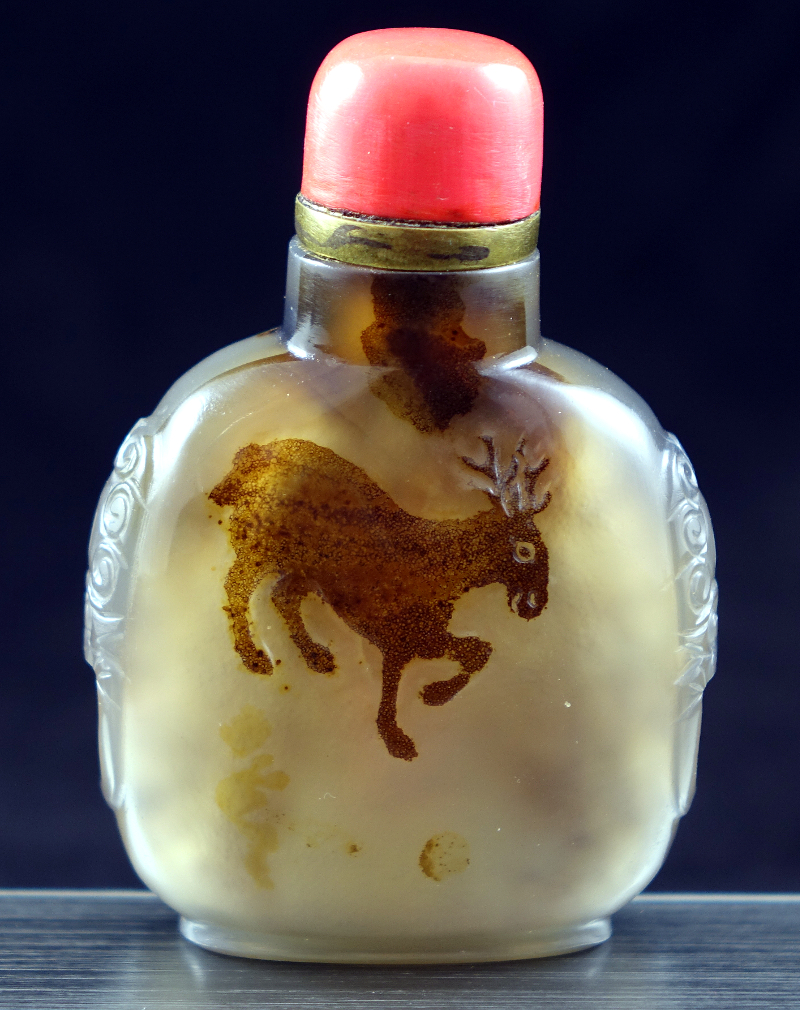
Snuff bottle made of agate with decoration of a deer, China 1750-1850
In the 17th century, tobacco sniffing came into fashion with rich Chinese, introduced from Europe. Smoking tobacco was then forbidden, but finely ground tobacco was allowed. It was applied as a medication, it would help with colds, headaches, stomach problems and many other diseases.
The use first focused around the Beijing Imperial Court, but gradually spread over the elite of China. The beginning of the Quing Dynasty in 1644 was the start of a very productive period for the studios in which the snuff bottles were made.
How was the snuff bottle used? Continue reading
CHINA CHARACTER
THE STORY ON PORCELAIN
Exhibition from 25 March 2017 till 22 October 2017
Gemeentemuseum The Hague
Elegant brushstrokes with an instant appeal to the imagination: Chinese characters have something truly magical about them. Not only because of their intrinsic beauty –to Western eyes at least – but also because of their wonderful symbolism and the often extraordinary stories they can tell.
From 25 March, the Kunstmuseum of The Hague shows a special selection of Chinese objects out of the Van Diepen collection among chinese porcelain from other collections.
The exhibition China Character lets Chinese porcelain speak for itself by Continue reading
Princessehof Leeuwarden national museum of ceramics
Entirely renewed permanent Chinese exhibition.
The Van Diepen collection contains among others a large collection Eastern ceramics. According to Prof. Dr. Christiaan Jörg it is even the largest private collection in this field in The Netherlands. A large part of these Eastern ceramics come from China.
The most important museum of ceramics in the Netherlands, the Princessehof in Leeuwarden, has entirely renewed his permanent Chinese exhibition lately. They have the largest museum collection in this field. After a renovation of about two years, they have drawn a fascinating chronological line through the age-long history of China.
In this arrangement “Topstukken Chinese Keramiek” the museum also included 13 pieces from the collection Van Diepen.
An example is the 16th century pouring-jug in the form of a dancing woman. Of this very rare type comparable specimens are only present in Londen and Tokyo.
Very special are also two plates ornamented with peach- and pomegranate branches in email-colours. These plates (looking peculiar modern) were made in the early 18th century for the Imperial court and are from extraordinary quality.
Also such a special form has the cream-white quadrangle teapot (blanc de chine) from about 1700. “that square form is difficult to make and the result is very clever done” says profs. Jörg about this piece.
The Chinese master pieces in the Princessehof stay there for a longer period. Have a look and search the 13 Van Diepen-pieces!
Burglary at Fraeylemaborg
In the night from Saturday to Sunday, June 2, 2013 there has been a burglary occurred in museum Fraeylemaborg in Slochteren in the province Groningen.
Two very special Chinese porcelain dragon plates, dated around 1465 and around 1700, as well as many special Dutch silver objects were stolen.
The burglars have forced the door with great force. The burglary resistant laminated glass of the china cabinet was partially broken with heavy tools. The two specific objects, of the dozens of beautiful porcelain pieces, are gone.
The Police and Museum Fraeylemaborg decided as much information about the objects to be spread so that everyone can watch on whether he or she signals the valuables.
Do you have information about this burglary, or you found suspicious circumstances please contact the Northern Netherlands police by calling +31 900 8844.

